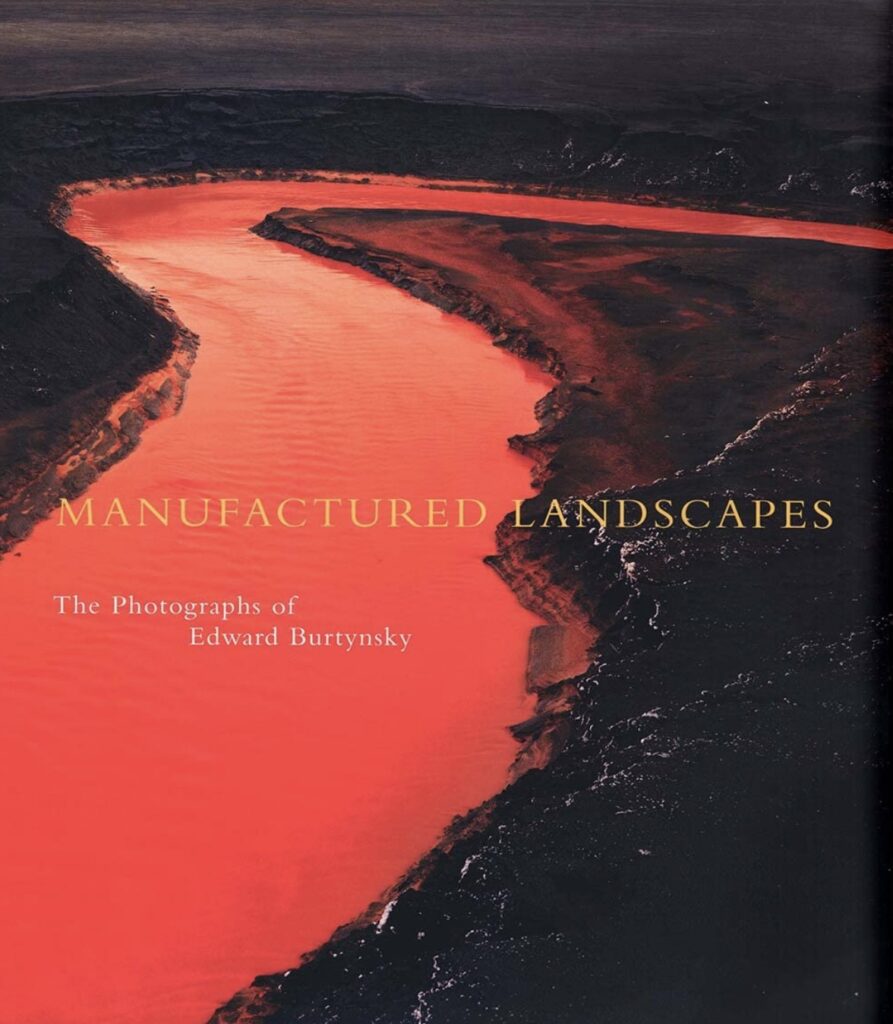Last week I picked up a copy of Manufactured Landscapes [1] from Wordsworth Books in Waterloo. I’ve long been an admirer of Edward Burtynsky’s work, and was fortunate to hear him interviewed by Robert Enright at Waterloo’s Perimeter Institute a few years ago, and view some of his prints on exhibition there.
As I expected, the book is marvelous. Burtynsky’s images are about mankind’s affect on the landscape, on a massive scale. The reproductions of the prints in the book are excellent but what I found interesting is – having seen them in-the-large – the book’s images don’t do justice to the subject in the same way the massive gallery prints do. Here’s an except from Pauli’s introduction (page 22):
It was an obscure image by the German photographer August Sander that first inspired Burtynsky to see the artistic potential in the quarried landscape. In an interview, he recalled:
“It wasn’t part of his normal oeuvre, it was a landscape – all white, bright, iridescent. I remember looking at this picture and I could not put it together. Sander had shot down in to the bowl of a limestone quarry, but the optics and spatial relationships created an ambiguity of scale and perspective so that you didn’t know where you were. I stared at it for a minute before I could begin to figure out what I was looking at, and a minute is like eternity to just comprehend what you are seeing. No one had ever done that to me. It was exciting.”
“Often my approach,the compression of space through light and optics, also yields an ambiguity of scale. You don’t know how large anything is until you see a detail whose size you can recognize. Then you have to reconstruct reality to comprehend how big the place really is.”
Which begs the question: if images like Burtynsky’s really are best viewed in-the-large, what types of photographs work well in-the-small? I’ll have to see if Brooks Jensen has touched on that subject, I’m sure he has…..
[1] Lori Pauli (2003). Manufactured Landscapes: The Photographs of Edward Burtynsky. National Gallery of Canada/Yale University Press. Sixth printing (2009). ISBN 978-0-300-09943-0.
